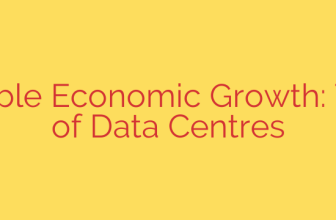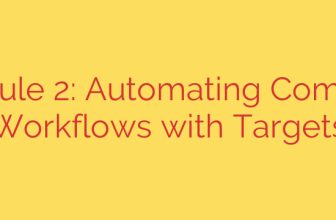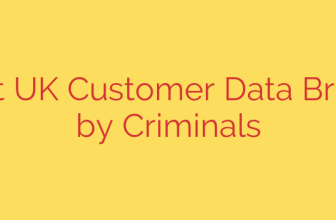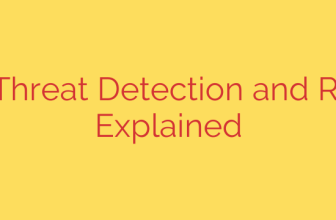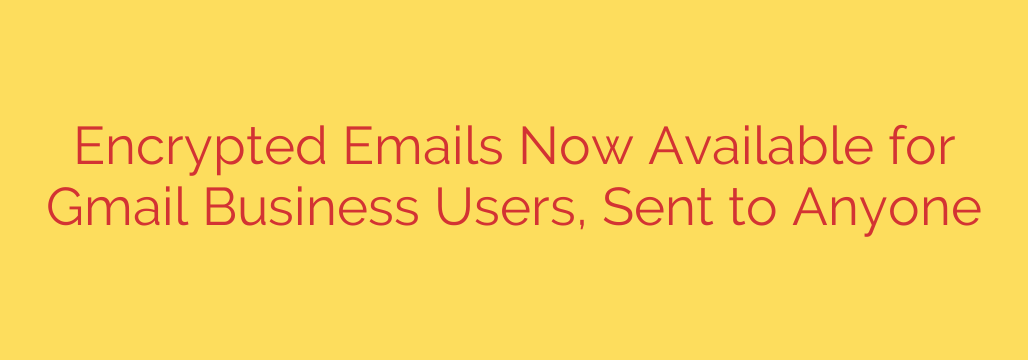
Protect Your Business Data: A Guide to Gmail’s Client-Side Encryption
In today’s digital landscape, protecting sensitive information isn’t just a best practice—it’s a necessity. Email remains a primary channel for business communication, but it can also be a significant vulnerability. Recognizing this, Google has rolled out a powerful security upgrade for its Workspace users: client-side encryption (CSE) for Gmail, allowing businesses to send fully encrypted emails to anyone, regardless of their email provider.
This development marks a major step forward in securing confidential data and giving organizations unprecedented control over their information.
What is Client-Side Encryption and Why Does It Matter?
To understand the significance of this feature, it’s important to know the difference between standard encryption and client-side encryption.
Normally, when you use a service like Gmail, your data is encrypted “at rest” on Google’s servers and “in transit” between you and those servers. While this is secure, Google technically holds the keys to that encryption.
Client-side encryption fundamentally changes this dynamic. With CSE, your organization holds the exclusive encryption keys, managed through an external partner of your choice (like Flowcrypt, Fortanix, or Thales). This means that before your email message or any attachments ever reach Google’s servers, they are encrypted directly on your computer.
As a result, Google cannot access the content of your emails. The message body and attachments become unreadable to anyone without the specific decryption key, providing a powerful layer of confidentiality and control.
Key Benefits for Your Business
This enhanced security model offers several crucial advantages for organizations handling sensitive data:
- Unmatched Confidentiality: Since you control the encryption keys, you can ensure that only the sender and the intended recipient can read the message content. This is essential for discussing intellectual property, financial data, legal matters, or personal health information.
- Strengthened Compliance: For industries governed by strict data privacy regulations like GDPR, HIPAA, or CJIS, client-side encryption provides a robust tool to help meet compliance requirements and demonstrate due diligence in protecting customer data.
- Universal Reach: Perhaps the most significant part of this update is its universal compatibility. You can now send fully encrypted emails from Gmail to recipients using any other email provider, including Microsoft Outlook, Yahoo, or a private company domain. The recipient does not need to be a Gmail user to receive the secure message.
- Seamless User Experience: The encryption process is integrated directly into the Gmail interface. Users simply click a lock icon when composing a message to enable or disable encryption, making it easy to adopt without disrupting established workflows.
How It Works in Practice
When a user composes a message with client-side encryption enabled, both the email body and any attachments are encrypted. It’s important to note that email headers, including the subject line, sender, and recipients, are not encrypted. This is necessary for the email to be routed correctly across the internet.
For recipients, the experience is straightforward. They will receive a link to view the encrypted message in their browser, where they will be prompted to authenticate their identity to decrypt and read the content.
This feature is currently available for Google Workspace customers on the Enterprise Plus, Education Plus, and Education Standard tiers.
Actionable Security Tips for Your Organization
Implementing new technology is only the first step. To maximize your email security, consider the following best practices:
- Enable the Feature: If you are on an eligible Google Workspace plan, work with your IT administrator to enable client-side encryption and configure your chosen key management partner.
- Train Your Team: Educate your employees on what client-side encryption is and, more importantly, when to use it. Define clear policies for what types of information must always be sent with encryption enabled.
- Emphasize Subject Line Hygiene: Since subject lines are not encrypted, train users to avoid including sensitive or confidential information in them. A subject like “Project Alpha – Q4 Financials” is far less secure than “Confidential Project Update.”
- Combine with Other Security Measures: CSE is a powerful tool, but it works best as part of a comprehensive security strategy. Ensure your organization also enforces strong passwords, two-factor authentication (2FA), and regular security awareness training.
By giving businesses direct control over their encryption keys, this update to Gmail empowers organizations to take a more proactive and definitive stance on protecting their most valuable digital assets. It’s a critical tool for any company serious about data privacy and security in the modern era.
Source: https://www.bleepingcomputer.com/news/google/gmail-business-users-can-now-send-encrypted-emails-to-anyone/




